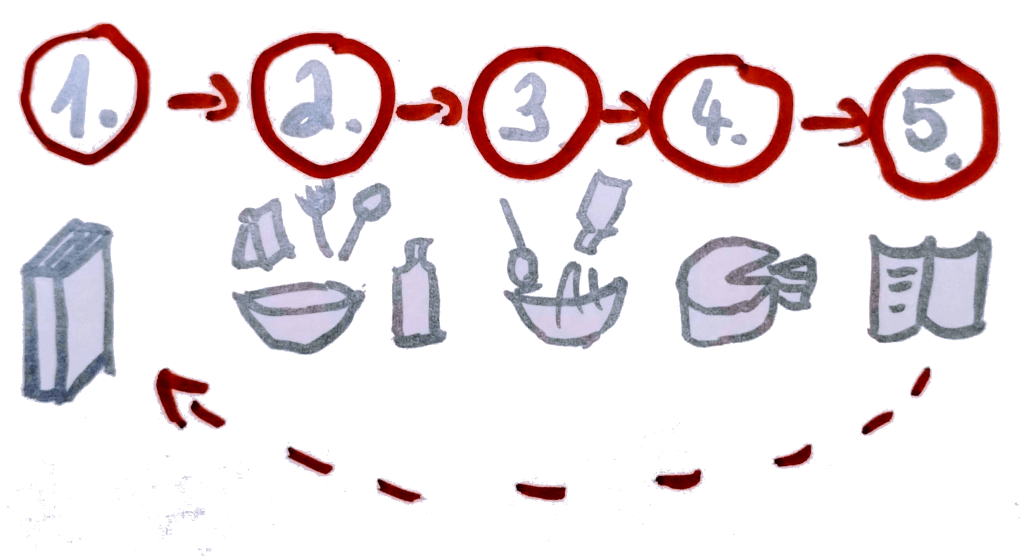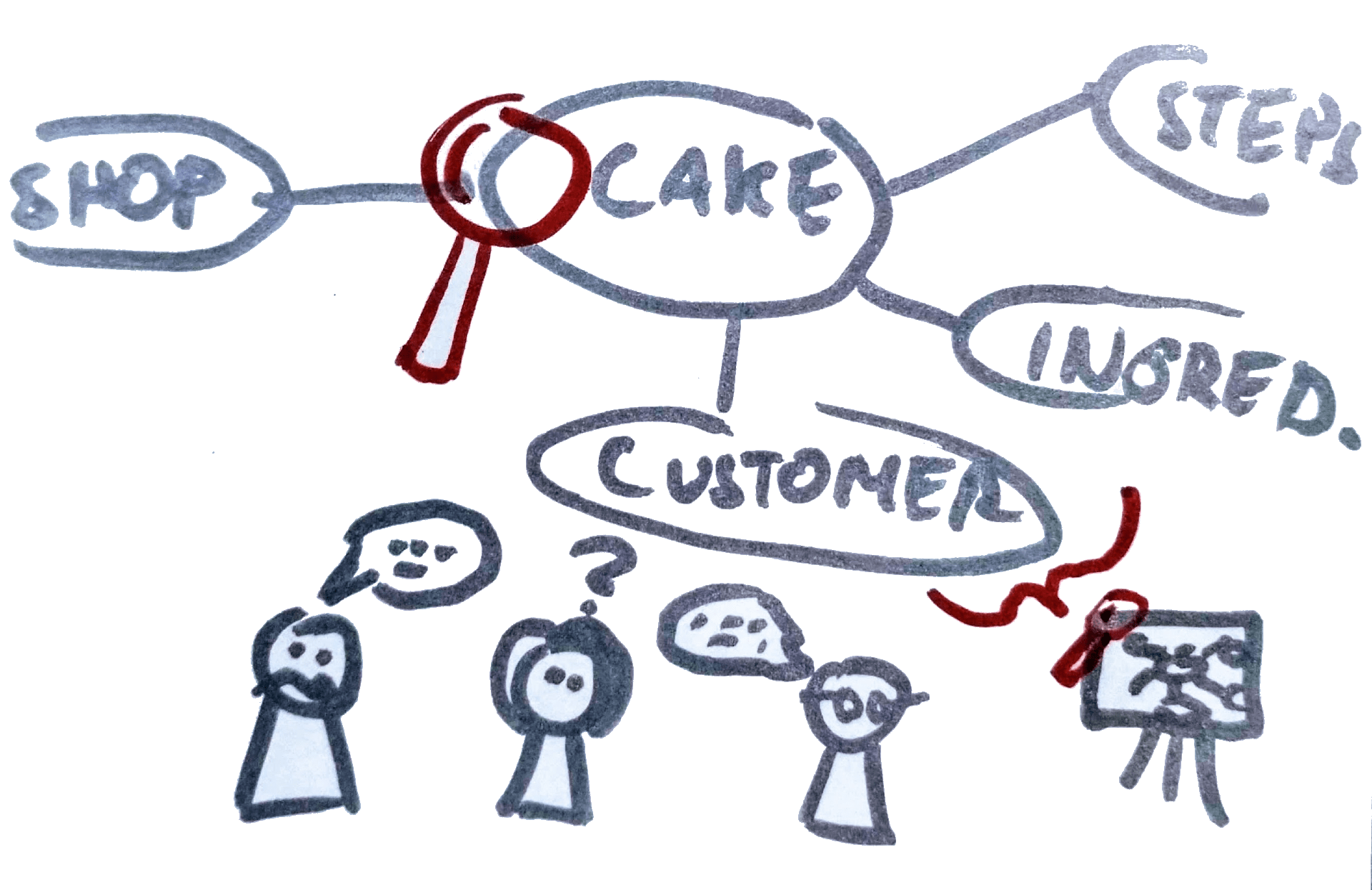
Content modeling is the process of creating a content model. The content model itself is used to craft amazing content experiences. To craft articles, call to actions, landing pages, maybe even pdfs. Content modeling aims to create a content model, which is a framework for your content to make sure it’s highly reusable, presentation independent, and supports all aspects of your business and your clients’ needs.
Here comes the cake
This is a bit abstract, so let’s say you want to bake a cake. The process is something like this:
- Look-up recipe
- Prepare:
- Cookware
- Ingredients
- Follow the recipe
- Mix
- Bake
- Decorate
- Enjoy, share with others
- Alter the recipe with tips for next time (less sugar!)
Baking articles
When you are writing an article you are following the same process. For example:
- Think about the subject, content, structure
- Prepare:
- Your favorite writing tool, lo-fi music
- Images, quotes, charts…
- Start writing
- Get creative and use your images, quotes, charts, and add great text
- Think it over, refine, finish
- Maybe add some good SEO, semantic metadata, taxonomies
- Publish, share with others
- Hummm, maybe do some research next time. Refine the headline with an SEO tool?
Often the above steps are very loosely enforced or followed. Even by myself! A content model helps with that. Not only with the process, but also with the actual writing. Why not reuse some charts? Quotes or excerpts which worked well last time? We all use a baking mix from time to time.
Creating content with a content model
So a content model helps you to:
- Have a unified structure, follow content guidelines
- Produce highly reusable content pieces
- Such as chunks, modules, quotes
- Enable discoverability of high-value (high reuse) content
- Aid you with writing, why not build on top of your previous work?
- Compose and assemble new content with previously successful pieces
- Go through a flexible, but refining publishing process
- Connect the new content piece with other relevant, already produced content
- Share it with whoever, wherever, in a channel-agnostic way
- Steadily incorporate improvements to the content crafting process
It sounds very exhausting, but it really isn’t! Check my other posts on how to do it! I’ll help you prepare your own baking mix, cookie cutters, and secret icing mix which your customers will love.
💡 What is content modeling? In short:
- A content model consists of:
- Highly structured content types
- Relationships between content types
- Metadata, taxonomies assignable to content types
- A content model also includes the way how content is crafted, the assembly model
- Content modeling is the process of creating a content model and I strongly suggest to include a wide range of stakeholders and to do it collaboratively


